
Can it at the same time represent national pride as a keen reminder of strategic weaknesses? Russia’s Su-35 “Super Flanker” has that question on military strategists’ minds globally. This 4.5-generation fighter has been at the center of combat losses, tense global confrontations, as well as a high-stakes arms sale with Iran over the past few months.
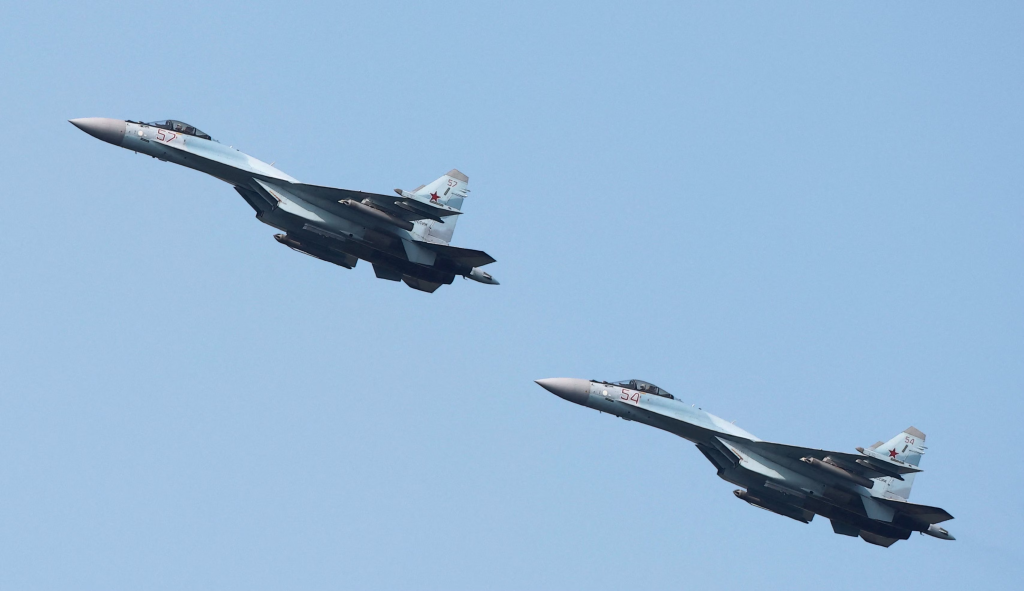
While Su-35 boasts advanced maneuverability and capable in-visual-range combat capabilities, its operating history reveals vulnerabilities particularly in beyond-visual-range scenarios with Western aircraft. Kurskian skies to South China Sea diplomatic flashpoints, the aircraft’s story revolves more about geopolitics than about engineering. Seven incidents illustrate why Su-35’s reputation remains under blistering scrutiny.
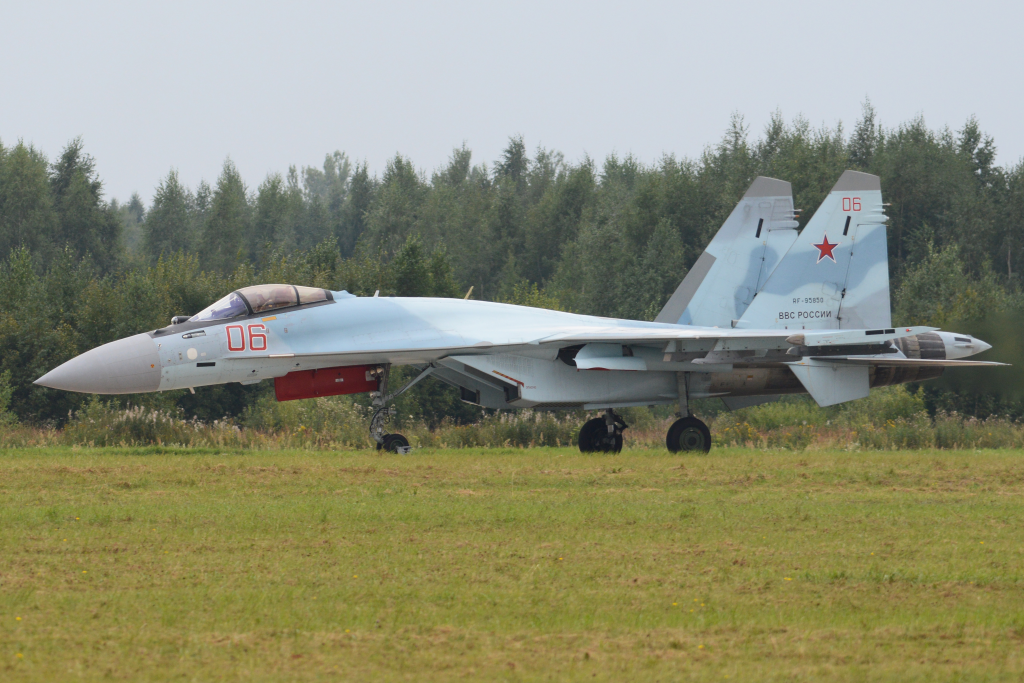
1. Initial Loss of Contact over Kursk
Ukraine apparently achieved its initial air-to-air shootdown of a Su-35S on June 7, 2025, over Kursk. A F-16AM donated by the Dutch, shrouded under a Saab 340 AEW&C, was described as closing unseen before launching an AIM-120C-8 AMRAAM. Its target was struck after flying for 36 seconds at Mach 4, necessitating eject by the Russian pilot. This was the ninth Su-35 loss since hostilities began, but most prior losses were to surface missiles. Denials of the F-16 kill come from Russian reports, with it being given instead to a Patriot battery, but such precise, clandestine engagement that occurred necessarily speaks to improving air-op sophistication by Ukraine.
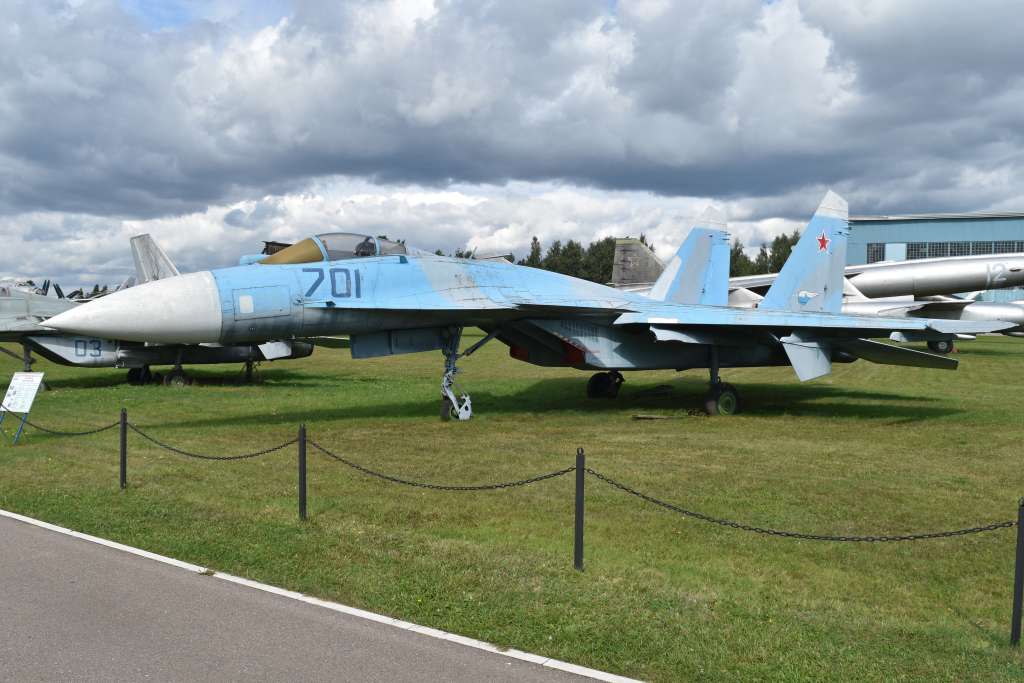
2. Chinese Su-35 Generates Diplomatic Furore
A PLA Air Force Su-35 was engaged in an “unsafe and unprofessional” maneuver that Australia’s Defence Ministry termed against a RAAF P-8A Poseidon over the South China Sea on October 19, 2025. With flares being released at a threateningly close distance to the patrol aircraft, this caused Canberra to lodge formal complaints. Senior Colonel Li Jianjian denied that the Australian aircraft had “illegally intruded” from China’s Xisha airspaces, threatening that such an act had a high probability of “easily triggering maritime and aerial incidents.” This event reveals that besides being a combat asset, the Su-35 is a weapon for China’s aggressive regional posture.
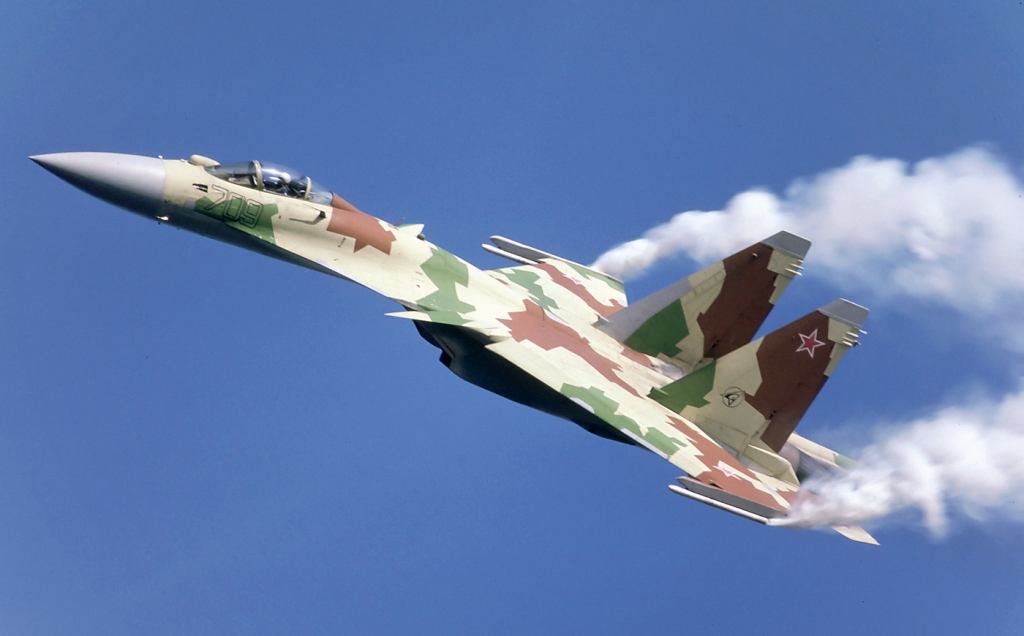
3. The $6.5 Billion Iran Deal
Leaked Rostec files reported that 48 Su-35 fighter jets would be sold to Iran for $6.5 billion. Delivery will occur between 2026–2028, with local production a possibility at Shahid Babayi Air Base. Local Su-35 jets for Iran will swap out its ancient F-14s and F-4s, replacing two advanced squadron units with local production options. Agreements emerged as a result of barter arrangements over Iranian drones, as well as oil, since 2022, but might yet become Russia’s greatest military export since it began its Ukrainian war. But, as commentators suggest, sanctions, production bottlenecks, as well as Moscow’s regional restraint, might constrain a program with transformational capabilities.
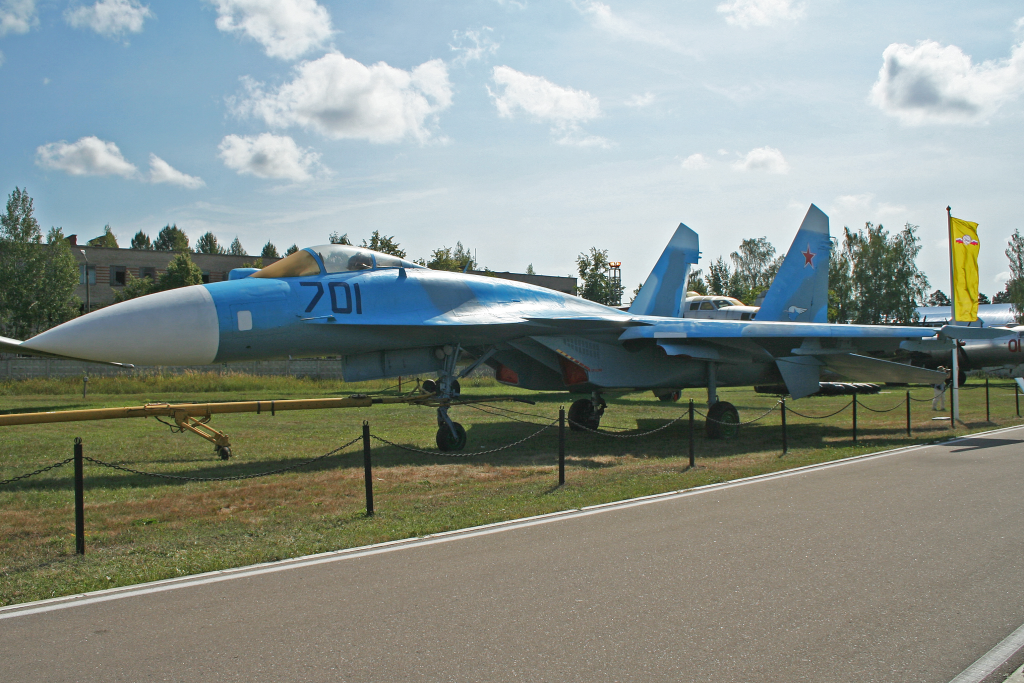
4. Iran’s Airpower Gap and Su-35’s Promise
Iran’s air force was laid bare during June 2025 Israel- and US-led strikes, when its air defenses couldn’t prevent F-16s and B-2 bombers from attacking nuclear facilities. Su-35 deliveries might, in theory, outclass Israel’s older F-15s and F-16s and compete with tanker planes with R-37M missiles. Military Watch notes three complementary radars built into the jet, including the Irbis-E and OLS-35 IRST, which might enhance stealth aircraft detection. But Ukrainian- and Russian-produced combat losses and Moscow’s low production base question whether there are or will be enough Su-35s for Iran to turn the regional balance.

5. Su-35 Vulnerability Against Western BVR Fighters
Su-35’s detection range, about 200 km in real-world conditions, lags behind Western radars like F-16’s AN/APG-83, capable of detecting as far as 370 km. Against stealth fighters like F-35 or F-22, approaching visual range is “near-suicidal.” As Wicklund added, Western pilots attack first at a distance before they contemplate closing for close combat, taking advantage of beyond-visual-range superiority. This lag in radars limits that of Su-35 in modern air combat where first sighting often dictates victory or defeat.
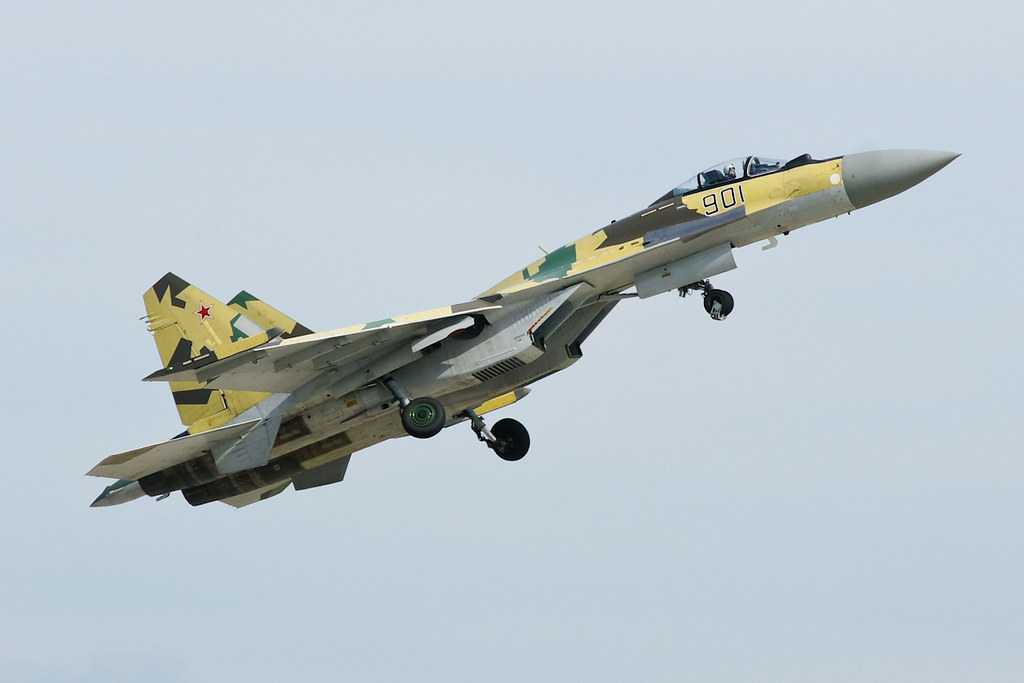
6. Issues of Production and Export
Russia’s United Aircraft Corporation will increase production of Sukhoi by 30% by 2030, but existing production one every two- or one-month interval is sluggish. Sanctions and a lack of labour exacerbate this, with reported September layoff of 1,500 managerial personnel outlining priorities for drones and attritable aircraft. Such limits may hold up deliveries to Iran and tax Russia’s production capability for frontline Su-35 levels, as heavy Ukrainian losses suggest.
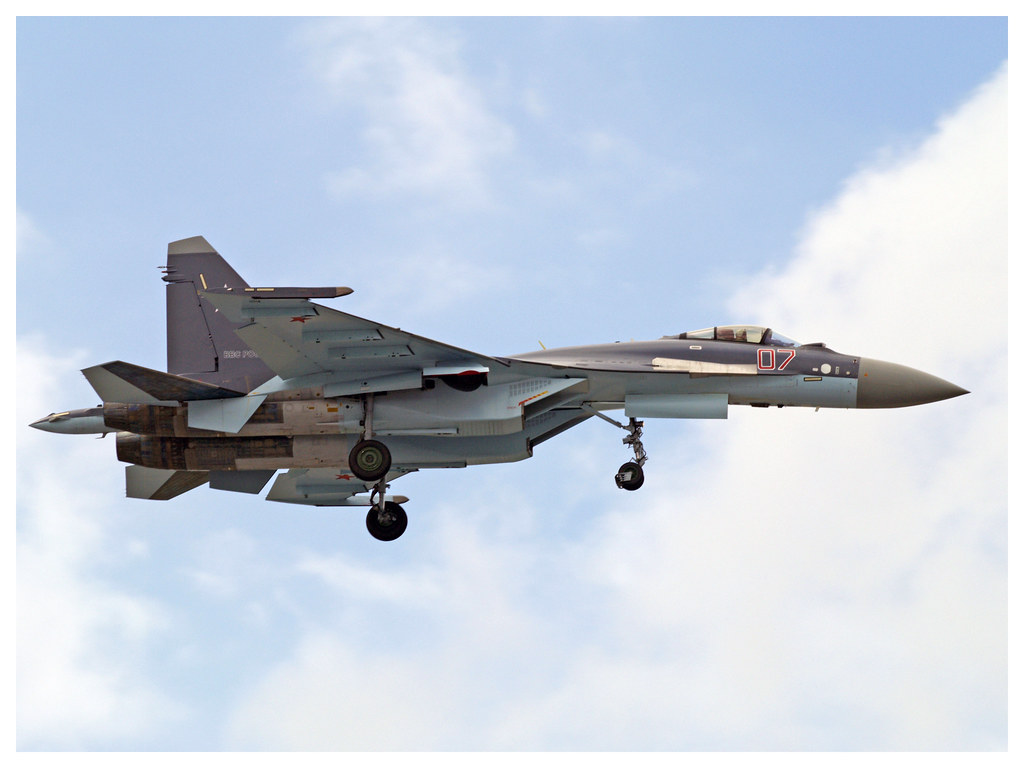
7. Symbol of Pride, Target of Reality
Christian D. Orr described the Su-35 as Moscow’s “most-capable and combat-proven” non-stealth fighter, which will continue to represent Russia’s frontline jet for a few more years. Its service record, in turn, marks the intersection of its design excellences with combat conditions a record consisting of high-profile shootdowns, contested intercepts, as well as its pilots’ successes. Its weapons, sophisticated avionics, maneuverability make it a force to reckon with under certain conditions, but geopolitical engagements, capabilities disparity, reveal its vulnerabilities. For Russia, its Su-35 will also remain both flagship, as reminder of evolving air combat needs.
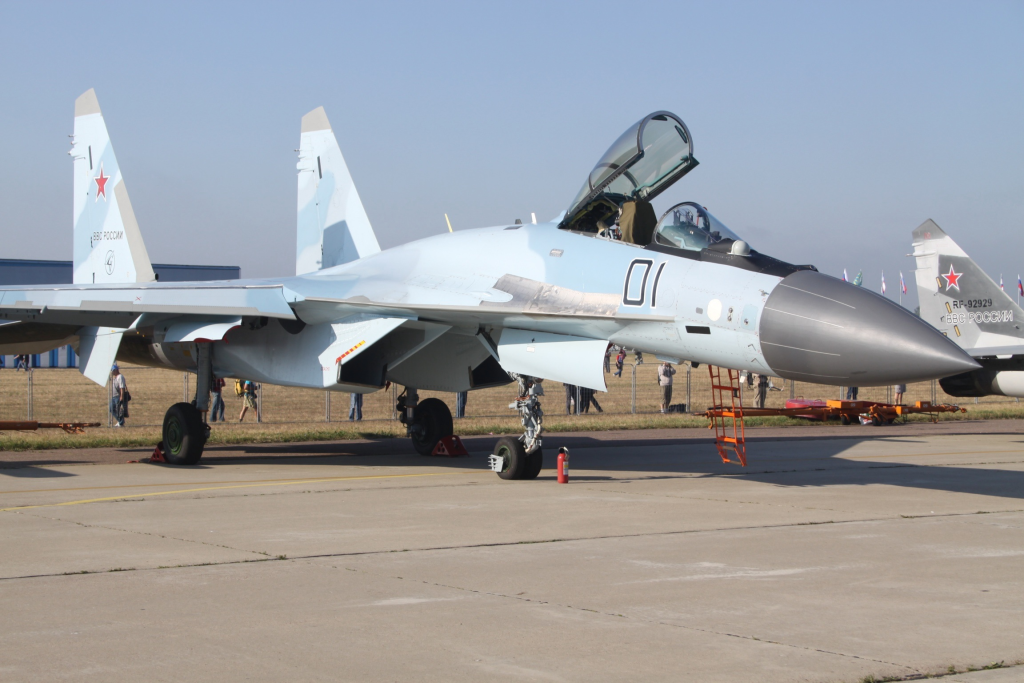
Su-35’s recent past offers a microcosm of modern military aviation: hi-tech engineering meeting harsh realities of service use as well as geopolitical subtletys. For US Air Force as well as its alliance, such news offers more than distant headline but indicator of how enemy capabilities improve, evolve, as well as fail at times under stress. In disputed waters of South China Sea, clouds over Eastern Europe, or Middle Eastern volatile alliances, story of Su-35, or Super Flanker, remains as yet incomplete.


